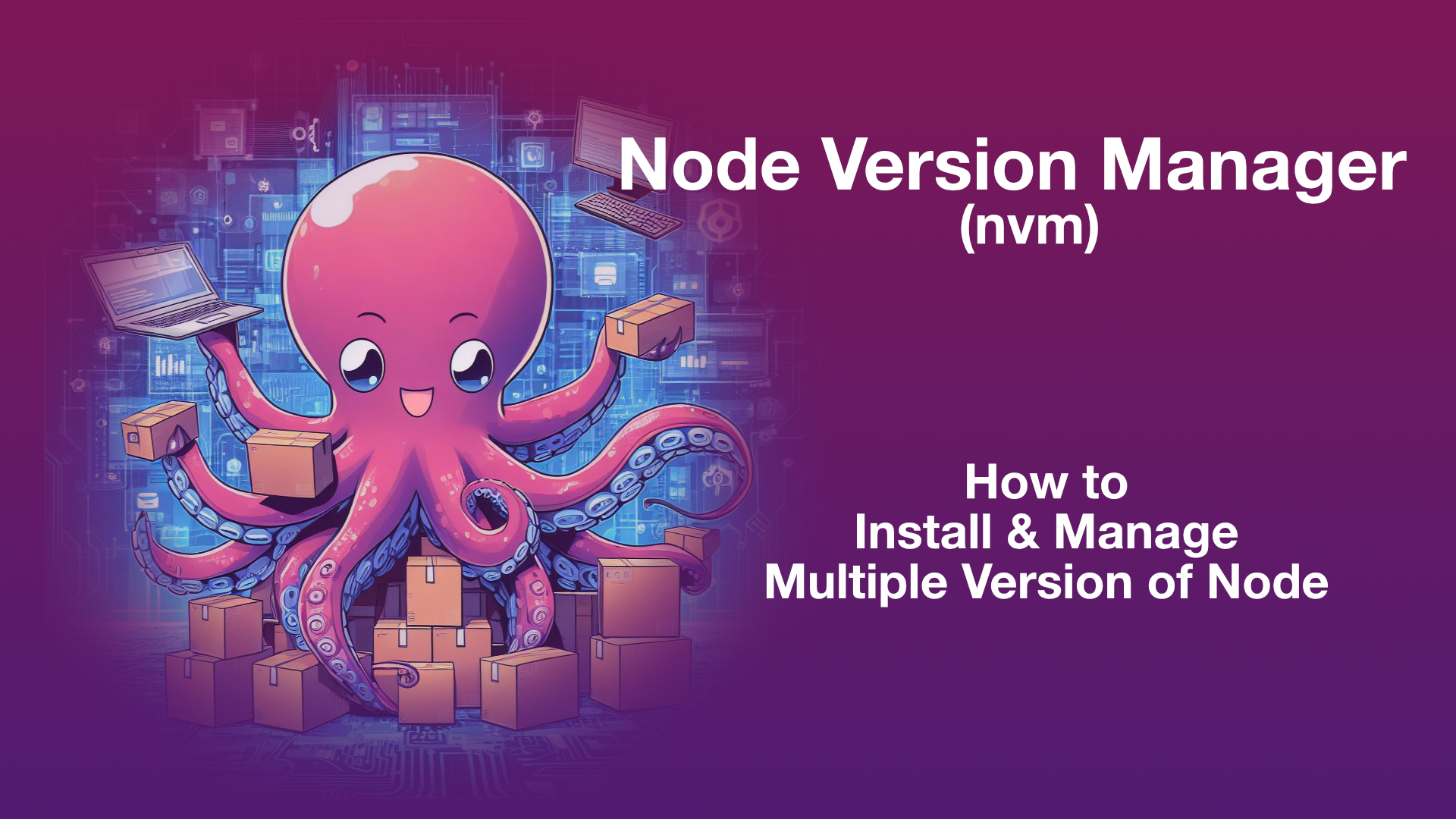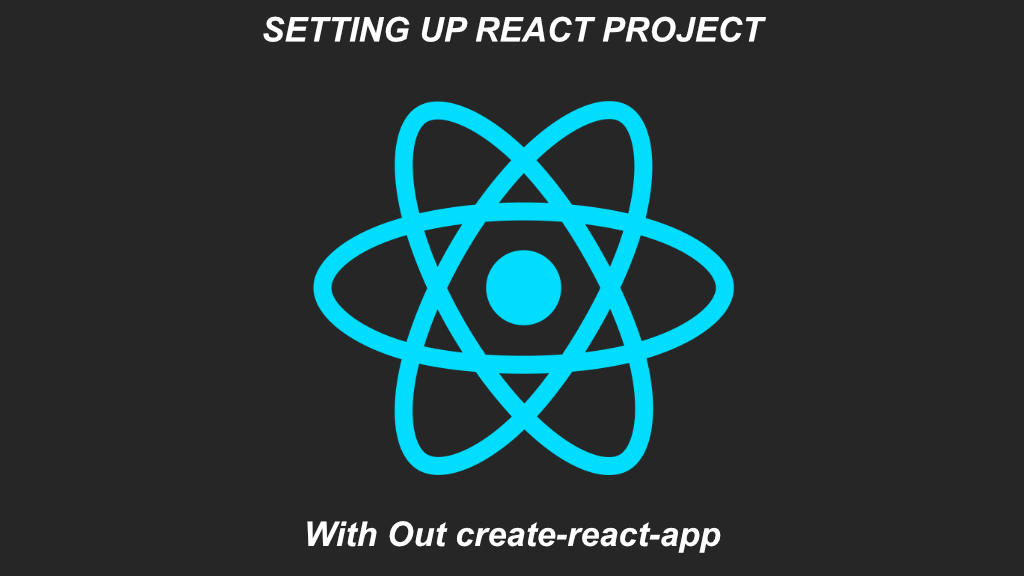Pipenv is the package management, dependency management and environment management system for the python. It was introduced to solve the common problems associated with work flows in using virtualenv and pip. PipEnv brings best of many package mamangement systems such as npm, yarn, pip, composer into the world of python. It simplifies and automates the tedious task of maintaining the requirements.txt while managing virtual environments without needing to use of virtualenv separately. Pipenv uses hashes to check integrity and exposes the any security vulnerabilities to help stay on the edge.
Pipenv is like fusion of both pip and virutalenv. It servers as the package management system while handling the virtual environments for development, production etc
Best part of using pipenv is it reinforces the use of latest dependencies such that you will not be a left alone fish in the lack using lagacy packages as dependencies.
Pipenv create Pipfile and adds or removes packages automatically. Pipfile.loc is used to produce the deterministic builds
Benefits of using pipenv
- No need to use pip and virtualenv where Pipenv combines power of both tools
- Works as both dependency manager and virtual environment management system
- No need to manage requirements.txt where Pipenv manages Pipfile and Pipfile.lock
- Encourages the usage of latest dependencies
- Provides the dependency graph using command “pipenv graph”
- Pipfile.lock is used to provide the deterministic builds and maintains the hashes for locked dependencies
- Automatically maintains the Pipfile by adding and removing dependencies
- Virtual environment is created automatically if not exists
Install the pipenv
pip install pipenv Once installed you forget about the good old requirements.txt, pipenv creates a new file name Pipfile and helper Pipfile.lock is also created
To get the quick help type the pipenv command
pipenv –help
Usage: pipenv [OPTIONS] COMMAND [ARGS]...
Options:
--where Output project home information.
--venv Output virtualenv information.
--py Output Python interpreter information.
--envs Output Environment Variable options.
--rm Remove the virtualenv.
--bare Minimal output.
--man Display manpage.
--support Output diagnostic information for use in
GitHub issues.
--site-packages / --no-site-packages
Enable site-packages for the virtualenv.
[env var: PIPENV_SITE_PACKAGES]
--python TEXT Specify which version of Python virtualenv
should use.
--clear Clears caches (pipenv, pip). [env var:
PIPENV_CLEAR]
-q, --quiet Quiet mode.
-v, --verbose Verbose mode.
--pypi-mirror TEXT Specify a PyPI mirror.
--version Show the version and exit.
-h, --help Show this message and exit.
Usage Examples:
Create a new project using Python 3.7, specifically:
$ pipenv --python 3.7
Remove project virtualenv (inferred from current directory):
$ pipenv --rm
Install all dependencies for a project (including dev):
$ pipenv install --dev
Create a lockfile containing pre-releases:
$ pipenv lock --pre
Show a graph of your installed dependencies:
$ pipenv graph
Check your installed dependencies for security vulnerabilities:
$ pipenv check
Install a local setup.py into your virtual environment/Pipfile:
$ pipenv install -e .
Use a lower-level pip command:
$ pipenv run pip freeze
Commands:
check Checks for PyUp Safety security vulnerabilities and against
PEP 508 markers provided in Pipfile.
clean Uninstalls all packages not specified in Pipfile.lock.
graph Displays currently-installed dependency graph information.
install Installs provided packages and adds them to Pipfile, or (if no
packages are given), installs all packages from Pipfile.
lock Generates Pipfile.lock.
open View a given module in your editor.
requirements Generate a requirements.txt from Pipfile.lock.
run Spawns a command installed into the virtualenv.
scripts Lists scripts in current environment config.
shell Spawns a shell within the virtualenv.
sync Installs all packages specified in Pipfile.lock.
uninstall Uninstalls a provided package and removes it from Pipfile.
update Runs lock, then sync.
verify Verify the hash in Pipfile.lock is up-to-date.
Features of Pipenv
- Both Pipfile and Pipfile.lock are generated automatically
- Packages are automatically added or removed from Pipfile
- Uses the .env file if exists
- It finds Pipfile the recursively in the home directory
- Using Pipfile.lock produces the deterministic builds
- Virtualenv will be created automatically if it doesn’t exist
Using PipEnv
To get started with Pipenv simply install first package using pipenv
For example install Django of specific version
pipenv install Django==3.2.9If Pipfile and Pipfile.lcok are already not present in the folder they will be auto created during installation of first package.
Good thing with pipenv is you don’t have to do the “pip freeze” to save requirements to the good old requirements.txt file. Pipenv auto adds installed packages as dependencies to the Pipfile
To install all dependencies from Pipfile, simply run pipenv install
pipenv install To install dependencies from particular group
pipenv install --devTo initialise the project by creating virutal environment with specific python version
pipenv --python 3.11 To uninstall dependencies
pipenv uninstall --allYou can combine the power of Conda with pipenv as follows
To create conda environment with your desired python version run command as follows
conda create --name py3_11 python=3.11.2By running above command, creating the conda python environment with python 3.11.2
To, activate the conda environment
conda activate py3_11You may find, pipenv is available in newly switched conda environment. In such a case, feel free to install it using “pip install pipenv”
No switch to newly created conda environment as follows
Now start using pipenv by installing any package. Make sure you are project home directory since that is where you need Pipfile and Pipfile.lock
pipenv install django Other helpful commands
# Locate project home directory
pipenv --where
# Locate the virutal envrionment
pipenv --venv
# What python interpreter
pipenv --py




Leave a Reply